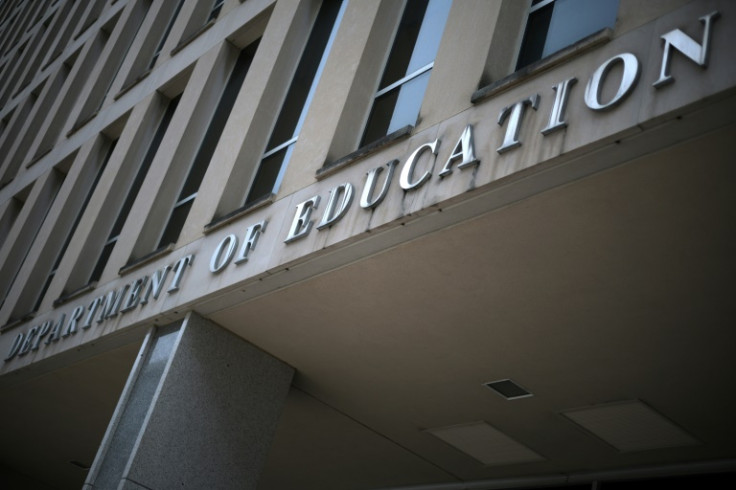Education Department To Resume Collections On Defaulted Student Loans: Millions Face Wage Garnishment

The U.S. Department of Education announced Monday that it will resume collection efforts next month on federal student loans in default -- a move that included garnishing wages for potentially millions of borrowers.
Officials stated the department will begin involuntary collections starting May 5, utilizing the Treasury Department's offset program, which withholds federal payments such as tax refunds, federal salaries, and other benefits from those with overdue government debts, Associated Press reported.
"Going forward, the Department of Education, in conjunction with the Department of Treasury, will shepherd the student loan program responsibly and according to the law, which means helping borrowers return to repayment -- both for the sake of their own financial health and our nation's economic outlook," Education Secretary Linda McMahon said.
In addition to the offset program, borrowers in default will receive a 30-day notice before the department initiates wage garnishment.
Millions already in default, more at risk
Currently, about 5.3 million borrowers are in default on their federal student loans, with the Education Department officials warning that the number could increase to 10 million within months.
Default occurs when a borrower fails to make payments for nine consecutive months, resulting in the loan being reported to credit agencies and sent to collections.
An additional 4 million borrowers are currently 91 to 180 days behind on their payments, signaling that a significant portion of the borrower population is at risk. According to the officials, fewer than 40% of all student loan borrowers are up-to-date on their payments.
From pandemic relief to restarting payments
Student loan payments were paused by President Donald Trump in 2020, during his first term, as a form of economic relief during the COVID-19 pandemic. The payment freeze was extended multiple times under President Joe Biden through 2023. A final grace period ended in October 2024, requiring tens of millions of borrowers to resume payments after more than three years of relief.
Though Biden made several attempts to offer broad student loan forgiveness, his plan was struck down by the U.S. Supreme Court in 2023, which ruled that the program lacked congressional approval and was therefore unconstitutional, reported NBC News.
The Biden administration still managed to forgive more than $183.6 billion in student loans for over 5 million borrowers, using targeted relief and expanded forgiveness programs.
How borrowers can avoid wage garnishment
For borrowers already in default, one potential path to avoid wage garnishment is loan rehabilitation, said Betsy Mayotte, president of The Institute for Student Loan Advisors. The process involves contacting a loan servicer to request entry into the rehabilitation program. Borrowers need to provide proof of income and expenses to determine a manageable payment amount.
After nine consecutive on-time payments, the borrower is removed from default. However, Mayotte noted that this option can be used only once.
Pushback from critics
The announcement sparked criticism from borrower advocates, who cited widespread confusion over student loan policies that have shifted repeatedly over the past several years.
Mike Pierce, executive director of the Student Borrower Protection Center, urged: "This is cruel, unnecessary and will further fan the flames of economic chaos for working families across this country."
Kristin McGuire, executive director of Young Invincibles, pointed to recent layoffs at the Federal Student Aid office, saying the cuts have made it harder for borrowers to get the help they need -- even those who want to repay.
"We can't assume that people are in default because they don't want to pay their loans. People are in default because they can't pay their loans and because they don't know how to pay their loans," pointed out McGuire.
© Copyright IBTimes 2024. All rights reserved.





















